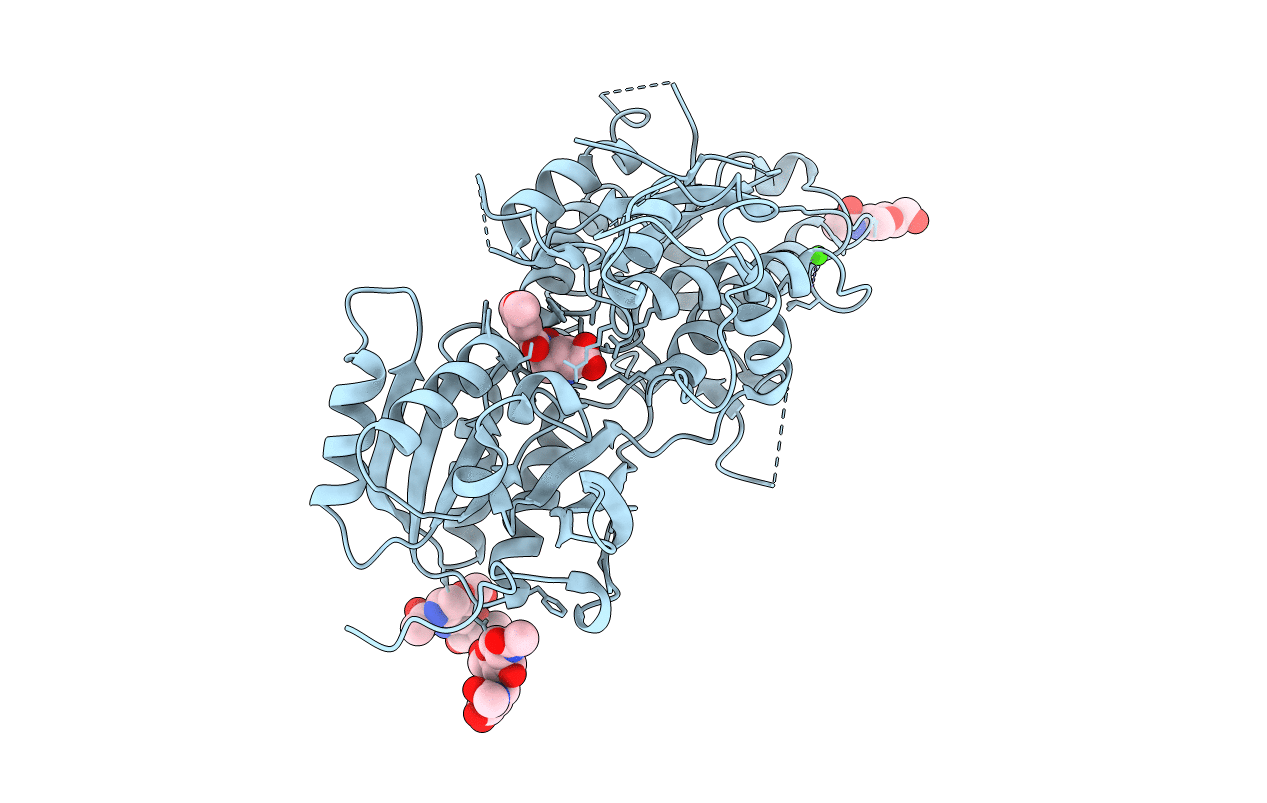
Deposition Date
2017-10-04
Release Date
2018-04-25
Last Version Date
2024-10-23
Method Details:
Experimental Method:
Resolution:
2.82 Å
R-Value Free:
0.22
R-Value Work:
0.18
R-Value Observed:
0.18
Space Group:
P 32 2 1


